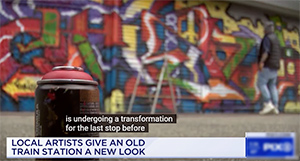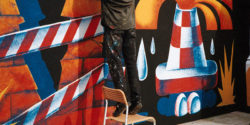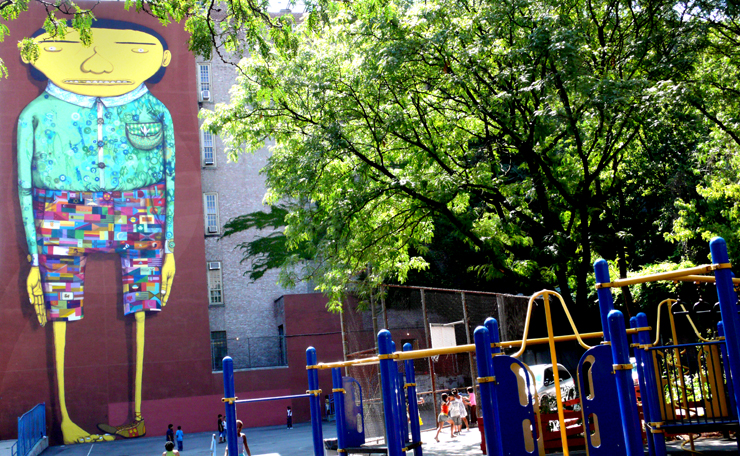
Os Gemeos and Futura’ finished “Kid” at PS11 (© Jaime Rojo)
A great big painted kid with one shoe was given this week to New York by a hometown hero and some imported world class talent. Public space artfully used is a true gift and all week neighbors, teachers, students, and fans have stopped by to watch, snap pictures, and talk with Futura and Os Gemeos. The mural’s completion was cause for celebration on a sunny Friday afternoon in the school yard.
The Brazillian twins began their infatuation with graffiti and street art as boys in the mid 80s, pouring over and imitating art in books from New York like “Subway Art” by Henry Chalfant and Martha Cooper. By that time the homegrown Futura had already parlayed his graffiti on NYC trains into becoming an international art star and a touring painter, writer/rapper with The Clash. The genial and wizened Futura took this colorful Os Gemeos gig with pleasure, gratitude and some trepidation, possibly due to the logistics of painting an 80 ft. mural above the raucous schoolyard games below.
In a generous interview with Brooklyn Street Art, Futura talks about his four decade career, the birth of graffiti in NYC, his uncomfortable transition to fine art, working and playing with The Clash, and his greatest reward in life – his two grown kids.
Brooklyn Street Art: You began your career in NYC in the 70’s.
Futura: 1970, exactly 1970, forty years ago.
BSA: You’ve created work on the subways, streets, gallery, and even on stage. Can you talk about your personal journey and the transitions from graffiti to street art in New York?
Futura: Yeah well I mean at that time there was really no point of reference because everything was sort of being developed at that time. There was very little what we would actually call street art in the sense of what we know today. No stenciling, none of what we know today, no grand murals, no Os Gemeos, nothing. So it was very limited and the art form,if you will, itself was very primitive
I grew up in Manhattan, I’m a New Yorker, a native. I’ve been here my entire life so I grew up in the 60’s with graffiti around me. Most people they don’t really want to talk about it but the social conditions in New York at that time, more specifically what was happening with the city of New York, the money, the finances, the mayor. We were broke, okay? We were in a bad war that nobody was happy about. King was killed, the man on the moon, all these kinds of crazy things were happening and there was also a need for change at this time- A radical need. We were spurred on by the anti-war demonstrations in the early 70’s and people were going to the streets to make messages.

Futura (© Jaime Rojo)
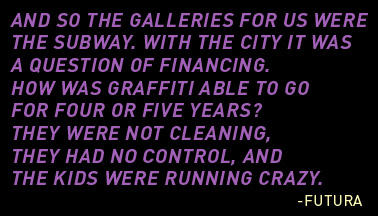 Some of the above-ground things that were graffiti; Graffito in the classic sense of the word; cave drawings, scribbling – were anti-war messages, religious promises. It was a moment of people trying to make a message and maybe some possible enlightenment, where there was something positive coming from it.
Some of the above-ground things that were graffiti; Graffito in the classic sense of the word; cave drawings, scribbling – were anti-war messages, religious promises. It was a moment of people trying to make a message and maybe some possible enlightenment, where there was something positive coming from it.
As the subway movement grew, we saw the subway as an incredible vehicle to transport your name around the city. You write your name on a train in the Bronx and then it goes through Manhattan and then it goes through Brooklyn. It’s was a great medium. And so the galleries for us were the subway. With the City it was a question of financing. How was graffiti able to go for four or five years? They were not cleaning, they had no control, and the kids were running crazy. Finally they got the money together to start to stop this act. They built fences for the train yards, had machines to clean the trains, and by 1980 I think it was the official beginning of the end and thus the transition to the next form: Gallery.
Keith (Haring), Jean Michel (Basquiat), Kenny Scharf, Dondi, Zephyr, all of the names of the young artists from the 80s in New York, were my contemporaries. Keith went to school, Jean Michel was very clever and I’m sure he went to libraries and read about fine art. They had an education about art. But not all of us. When we made the transition to do the galleries it was very difficult because we didn’t have any education. We didn’t have any references. We didn’t know. When I started being reviewed, they said “oh you are a Kandisky, a Klee, a Malevich.” People were naming artists I’d never heard of. “You are influenced by this, you’ve stolen from that.” At 25 I was still a kid in my mind about art but clever as a man. I’d been in the military already and I was experienced. However I was also ignorant. This is nothing you can fake. You know you can’t pretend to know about art when you never heard of painters from this movement, that movement. So yeah it was very difficult.
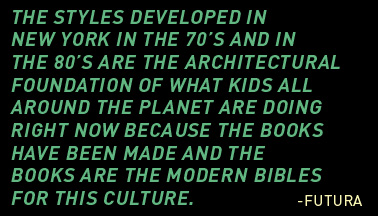
At that time I became a follower of other young artists who did know, who did go to school, who told me, “Oh yeah Malevich is a Russian constructivist”, and so then I began my own education, somewhat to try to do research. In the process I developed what people defined as an abstract style and in 1980, which was like a kind of a “mega period”, I did a very beautiful train. Very abstract, it was kind of a color field and it was very popular. Even if it was misunderstood people liked it. It wasn’t typical and that was fine with me because I was trying to find my own area. You know the competition in New York is very difficult and everyone defines something, a certain style, a technical ability. There’s a look to people’s work and unfortunately many works look similar.

Os Gemeos and Futura. Detail (© Jaime Rojo)
The styles developed in New York in the 70s and in the 80s are the architectural foundation of what kids all around the planet are doing right now because the books have been made and the books are the modern Bibles for this culture so they know Dondi, they know Futura they know ……..they know T-Kid, they know Zepher….. they know all of the New York guys and from those names they grab some elements of this guys’ technique.

I was represented by a gallery in SOHO – Tony Shafrazi. – Selling paintings for like 20,000 dollars. I got half and then after the half I was getting less than a half because of the expenses and then at the end I’m like, “Really? We sold twenty and I got two?” But I’m happy with my two! Okay? I’m f*cking very happy with my two.
Though then I’m like, “Okay… Wait wait. Am I being exploited?” And that’s when you know –“Okay, basta. Stop. F*ck the 80’s, f*ck the art world – I have a baby, Timothy.” He was born in 1984.
So for me the priority was to support my wife and my child and the art world and the fickle nature of this movement were not dependable, so I became a bike messenger. I used to make like $150 a day. We were like independent contractors. So you know me, I hustle. It’s always going to be legal. You know I’m never going to sell drugs. I will not do something illegal because I respect my freedom, I appreciate my freedom and I don’t want to be involved with the authorities. I was never arrested during all of my years. Not that I’m clever – but I’m careful. You know I’m not going to do something obviously to jeopardize a situation. I try to do it cool. So the messenger thing was amazing for me. I was making a pretty good living working around the streets of New York with a beeper and a walkie-talkie.

Os Gemeos and Futura. Detail (© Jaime Rojo)
BSA: Can we go back to ’81? You did live painting with The Clash – while you were painting on the stage were you collaborating with them? Were you being influenced by the music or were your paintings influencing the music – or were you autonomous?
Futura: We were just doing our own thing. When I met The Clash here at that time they kind of fell in love with New York again. I mean when they came here in ’81 the Hip Hop thing really began to happen here in New York with different groups from uptown…of course Grand Master Flash but also Cold Crush Brothers, Double Trouble – many rap acts were beginning to emerge. When The Clash did their shows on Broadway they opened with hip hop performers for their show. I’d been asked to paint a banner that said “The Clash” and when they arrived and they saw it they asked, “Who did the banner? That’s amazing. We wanna meet those guys.” That’s when they invited me to go Europe with them and asked me if I wanted to paint on the stage while they were playing. I mean when I first met them I wasn’t into punk music.
BSA: What music were you listening at the time?
Futura: I was listening to Hip Hop and…I mean I’m traditionally more like R&B, Motown, you know I’m an old-school guy for that, so The Clash sound was new and I was learning about the music and I liked the music. But it wasn’t like “Paint for the music”. They were like, “Yo, just do what you do and we are going to play”, and that that’s how it kind of was. Then I did some graphics for them for the record and I actually went on the stage with them in Los Angeles when they released their next album, “Combat Rock”.…..I sing on the record with them….”Overpowered by Funk” then there is a part where I rap.
This is a message from Futura
Don’t prophesize the future
I liven up the culture
Because I’m deadly as a vulture
I paint on civilization
It’s environmentally wack
So presenting my attack
I’ll brighten up your shack
I’m down by law and that’s a fact
Just give me a wall. Any building dull or tall
I spray clandestine night subway
I cover red purple on top of grey Hey,
no slashing cuz it ain’t the way
The T.A. blew 40 mil they say
We threw down by night
They scrubbed it off by day
OK tourists.
Picture frame, tickets here
For the graffiti train
People at home show you care
Don’t try and fry me in your shockin chair
Funk Power, Over and Out
From “Overpowered by Funk”, by The Clash and performed by Futura
In the concert in Los Angeles I was painting and they started playing the song and Joe was like “Futura, Futura” and I came on stage…So I actually painted for The Clash and sang on the stage with The Clash and that all happened that year in 1981. That experience blew my mind of course because of all I got exposed to – they took me to Europe, to Vienna, Paris, London, Scotland. It was supposed to be two weeks and it became two months. So I had a great opportunity with them that year. And when I came back my popularity as an artist grew as a result because even if I didn’t know who The Clash there were a lot of people who knew who The Clash were. So it was a great opportunity for my career at that time even though by ’85 I felt the gallery experience wasn’t a good deal.

Os Gemeos and Futura. Detail (© Jaime Rojo)
BSA: It has been very often the case where American artists would have to go to Europe to get popular and in the 80s graffiti here was considered more like a crime and you were vandals and criminals while in Europe graffiti was being accepted as an art form. Has that changed? Do you see things differently now?
Futura: Yeah, you know your sh*t, dude, that is exactly the story. Yeah things are different now – let’s just say for example, 1980. We’re 30 years after that now, okay? So if I’m talking to a 30 year-old man, woman, at this moment they know. They know already. Back then – people didn’t know and they were threatened by it. The actions were “in their face” at the time and people were taking the trains and it was always aggressive. We were vandalists to them but I think enough time has passed and they understand and they appreciate it, perhaps more than they did. Although what we were doing all was illegal, mildly criminal, we were never hurting anybody okay? And our messages were always positive and we were trying to embellish and to beautify and to present something visually attractive.
BSA: Can you talk about this project with Os Gemeos and how it has been for you:
Futura: I want to say that the beauty of this project for me is the sense of collaboration that normally doesn’t totally exist among artists. I won’t say it’s the first time I’ve done collaboration, but it’s the most amazing collaboration I’ve done. I mean in the past I’ve worked with other artists on walls but not with the same respect as I have with the twins. I mean artists around the world look at their work. And you say “I’d love to work with them, it is like a dream.”
I’ve known the guys for more than ten years and I’ve seen them around the world. I love their work. We always have a great relationship and in Miami at Art Basel last year they were talking about, “Hey we should do something together you know”. They had this idea and of course I’m open and I’m also, “Wow, really?” You know, for me, they come to my city and asked me to work with them out of a kind of a respect for the historical reference and you know I’m still relevant – I’m not like a dinosaur, like a fossil. So for me it’s almost indescribable really how it makes me feel as an artist, as a person – actually not even as an artist but as a person, as a human being. You know the humanity of it right? So this is what’s genius and priceless and it is not about money, not about sales. Who cares? You know what I mean. It’s about a real artistic collabo – you know a gift to the neighborhood, a gift to the school, a gift to the city, and possibly some project like this can open some doors.

The Twins and Futura (© Jaime Rojo)
BSA: How about the experience of going up in a hydraulic lift to paint?
Futura: I’m very happy with the results because technically they are able to make it work and I trust them because I know they are “the masters” you know. First of all just getting up on these walls on those machines, normally I’d have been like, “No, it’s okay.” I mean when I was in the military I was jumping out of airplanes so it’s not a height thing – also I was 18 at that time kind of stupid in the head. Today I’m thinking more like, really? Are you sure? And it’s quite a sensation painting up there like that. If it wasn’t them I would have not done this project. I would’ve not done it. The second night I almost couldn’t sleep thinking about it. It really bothered me, physically. The first day I was like “let me just touch the sky and let me get the feeling”. But this is uncomfortable what can I say? But you know what? This is these guys so for them I’d say “f*ck it, I’d do it”. But when yesterday was done and they were like “we are done” I was very very happy.
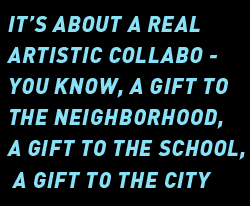
BSA: Your web site is amazing and you’ve maintain a pretty current internet presence….
Futura: My son designed my website. You can archive it back for three years. I’ve been on line since 1996. Flickr is the new application that I like. Every artist seems to be promoting themself and what I learned as a graffiti writer is we are in the business of self promotion, that’s what we do. I have been doing it for so long that it is boring to me now to do that. I am not interested in that. I mean I love it, I love this experience, it’s indescribable but I mean I’m not there to promote me. My life does not revolve around me and who I am – I’m getting more joy among other things. Now I’m traveling. I’m trying to see the world on my terms and not be like a puppet. But the web site my son designed. I have a daily photo and basically everyday there’s a new image. There is a kind of a curation there. Some of the pictures kind of go together – there’s a lot of personal things there with me and my girl. I like to play with the public also.

Futura between Os Gemeos. (© Jaime Rojo)
BSA: What do you wish for your children to have in this modern age?
Futura: I love my children Timothy and Tabitha. They already have what I want for them. What I want for them I have put into motion; the ability to think for yourself, to take care of things. They are independent and great. My wife is French – I met her in Paris in 1982. Now we are separated, but we are wonderful together and I love her enormously for the gift she gave me of the children and we appreciate that they are grown up and who they are becoming and we love them for who they are. We are like, “Hey, good job!” to each other because we respect the labor that we both did.

But everything is going well because they have a good foundation which I didn’t really have and I was an only child and have no brothers and sisters, so this whole opportunity for me to be a parent has been more rewarding for me than me being an artist for sure. And I’m so grateful that I have that because my art is more rich because of that and vice-versa. If it was only one or the other, something would be missing. If I had a regular job I wouldn’t be a good father. I try to keep myself stress free. I know what I’m good at and I don’t do what I’m not good at. I try not to waste my time if possible.
***********************
Read our previous posting on this event:
http://www.brooklynstreetart.com/theblog/?p=13213
***********************
This project is made possible with the vision and elbow grease of AKANYC and 12ozProphet and the engaged involvement of PS11 and the community.
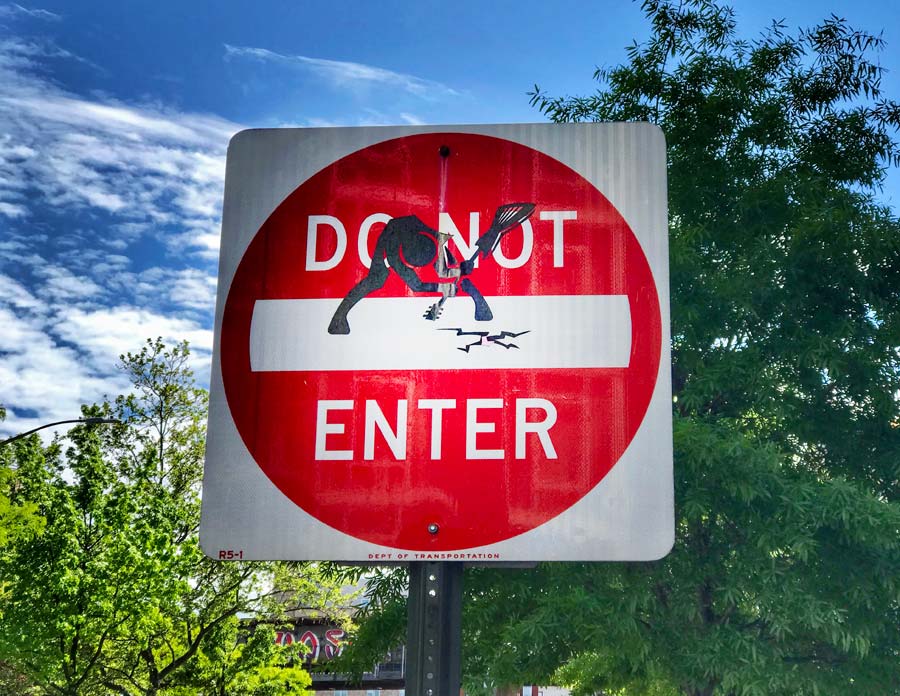
 BROOKLYN STREET ART LOVES YOU MORE EVERY DAY
BROOKLYN STREET ART LOVES YOU MORE EVERY DAY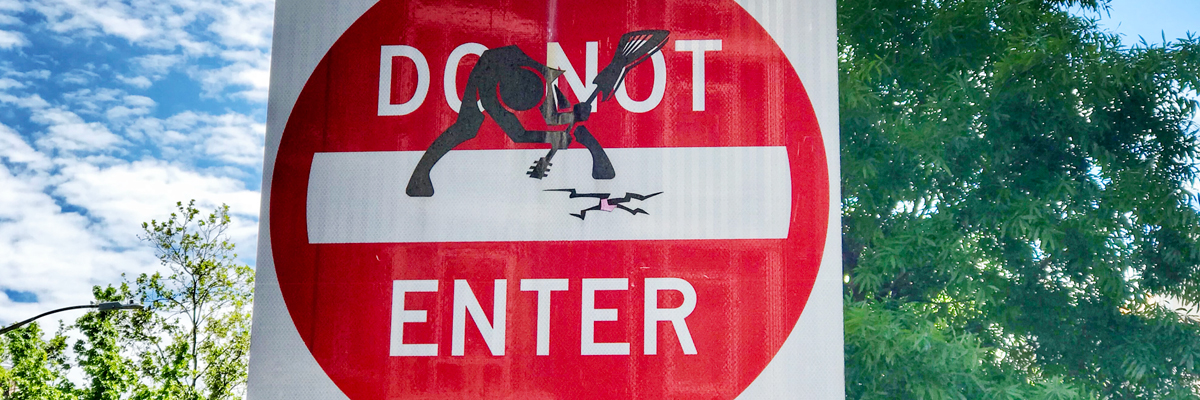
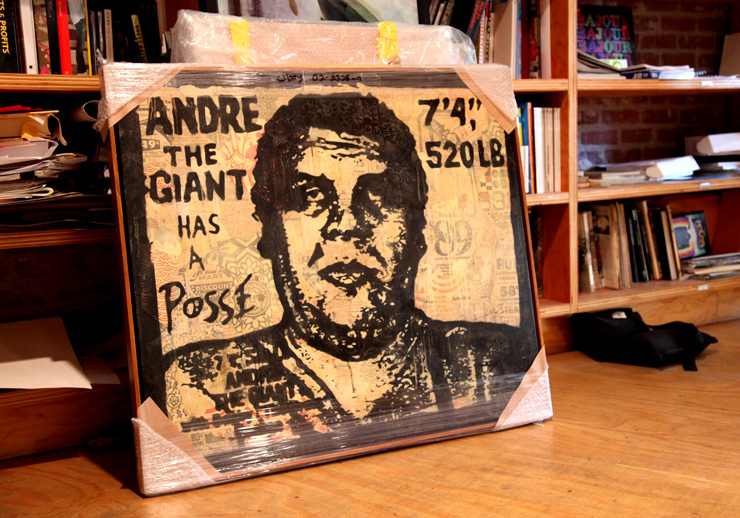
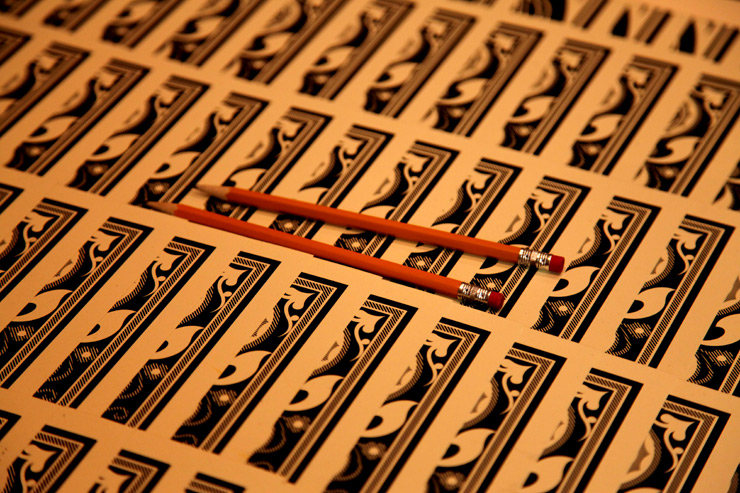
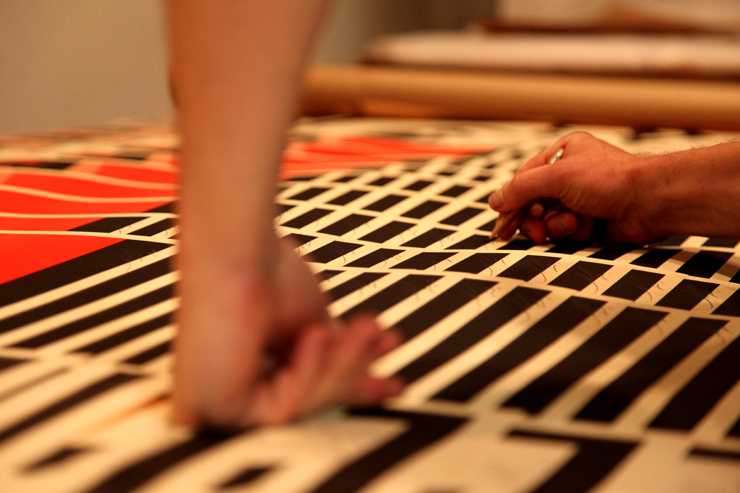
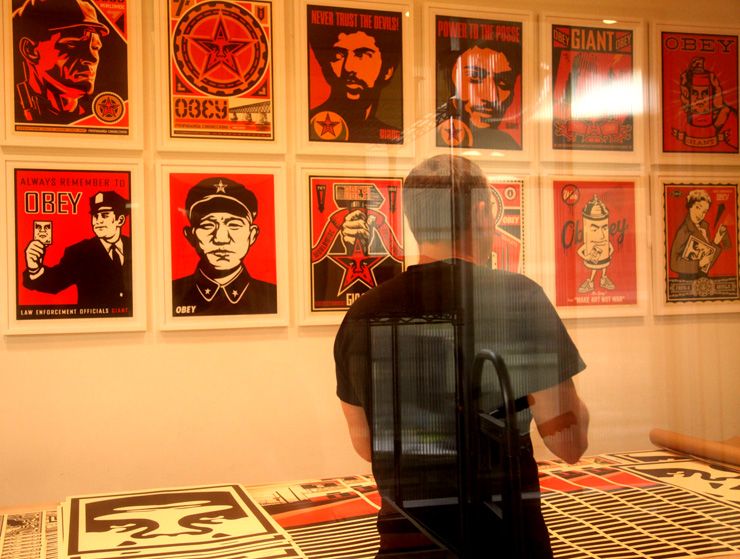
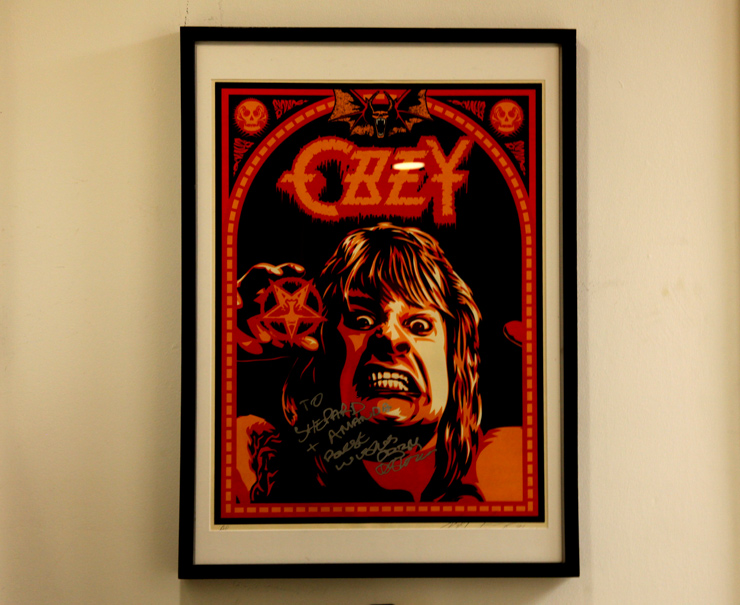
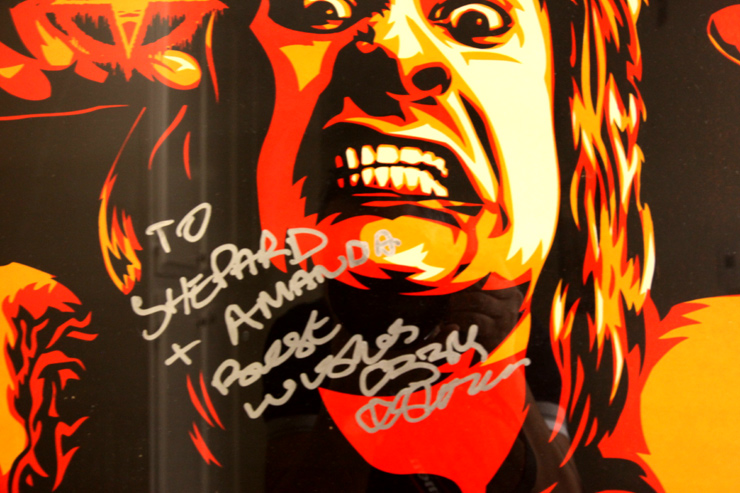
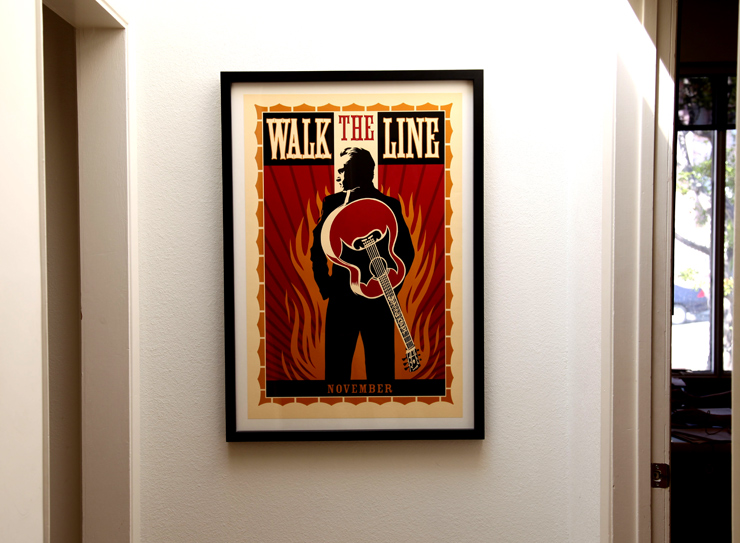
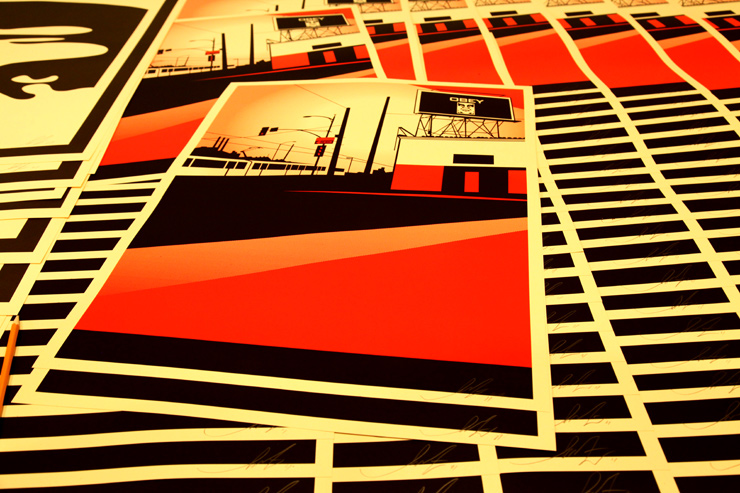
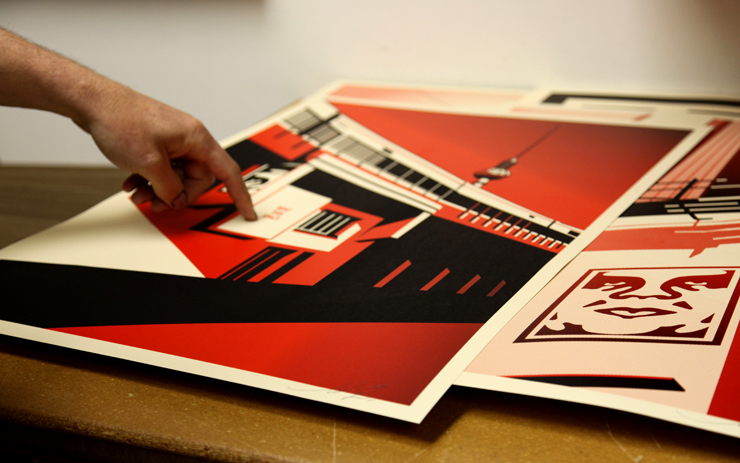
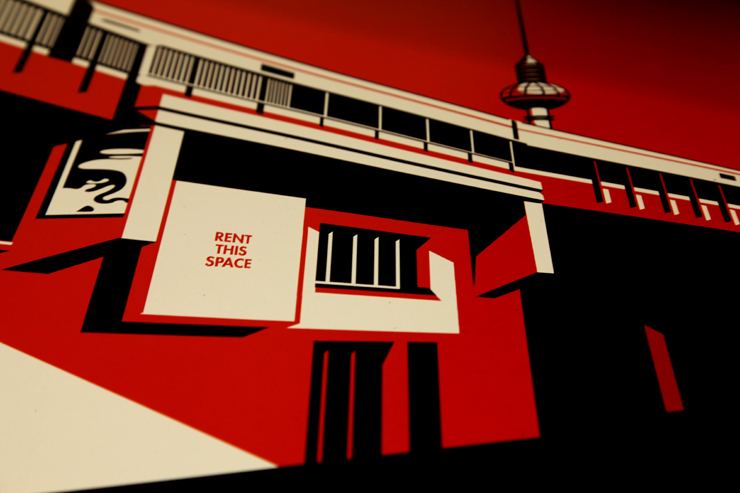
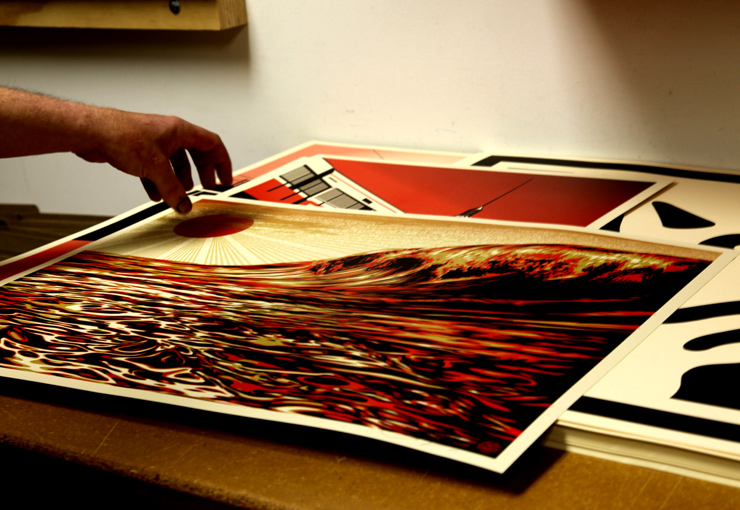
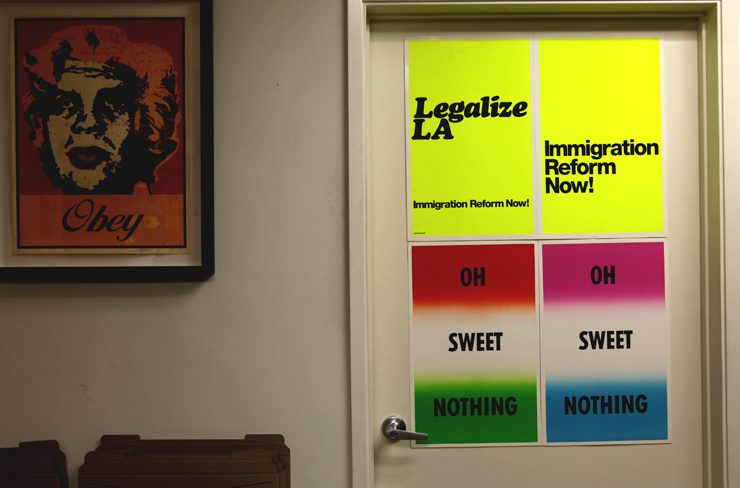
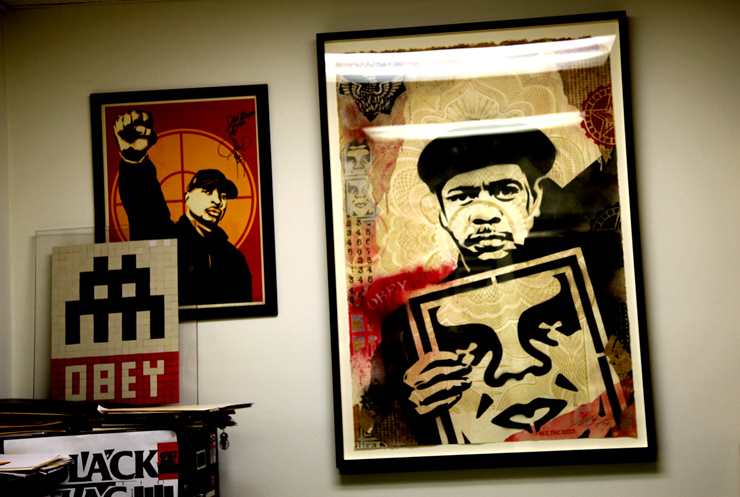
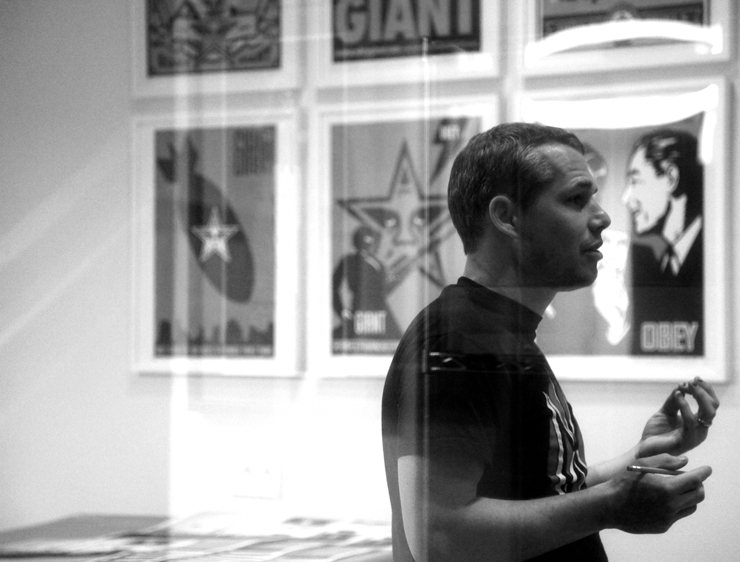

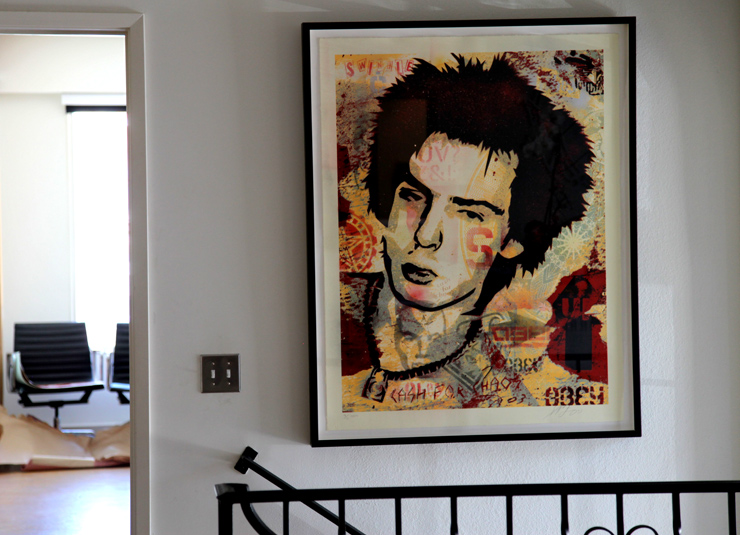
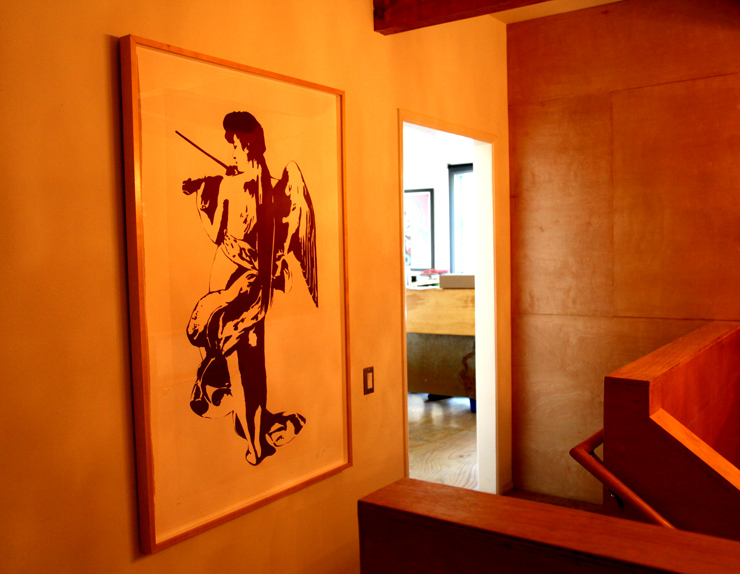
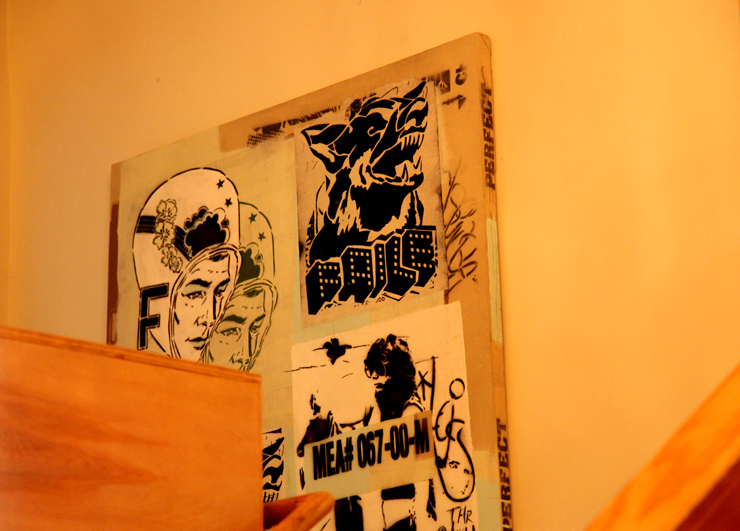
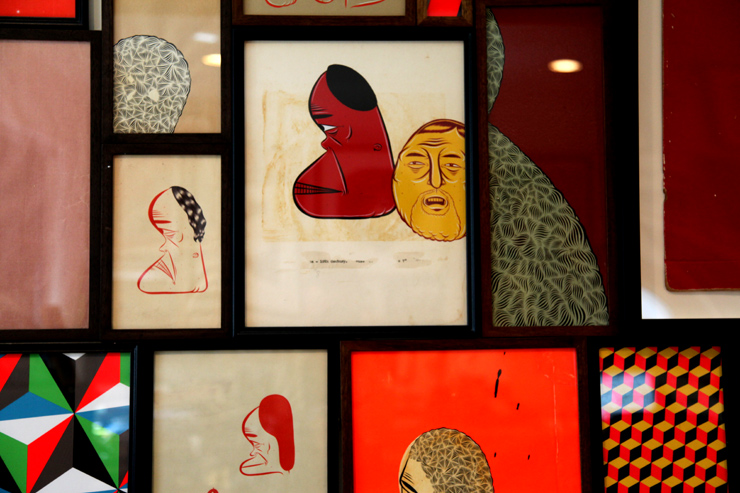
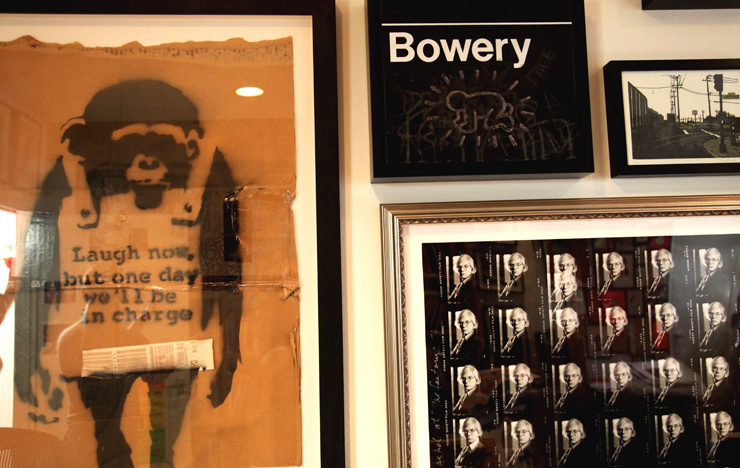

 Some of the above-ground things that were graffiti; Graffito in the classic sense of the word; cave drawings, scribbling – were anti-war messages, religious promises. It was a moment of people trying to make a message and maybe some possible enlightenment, where there was something positive coming from it.
Some of the above-ground things that were graffiti; Graffito in the classic sense of the word; cave drawings, scribbling – were anti-war messages, religious promises. It was a moment of people trying to make a message and maybe some possible enlightenment, where there was something positive coming from it.




